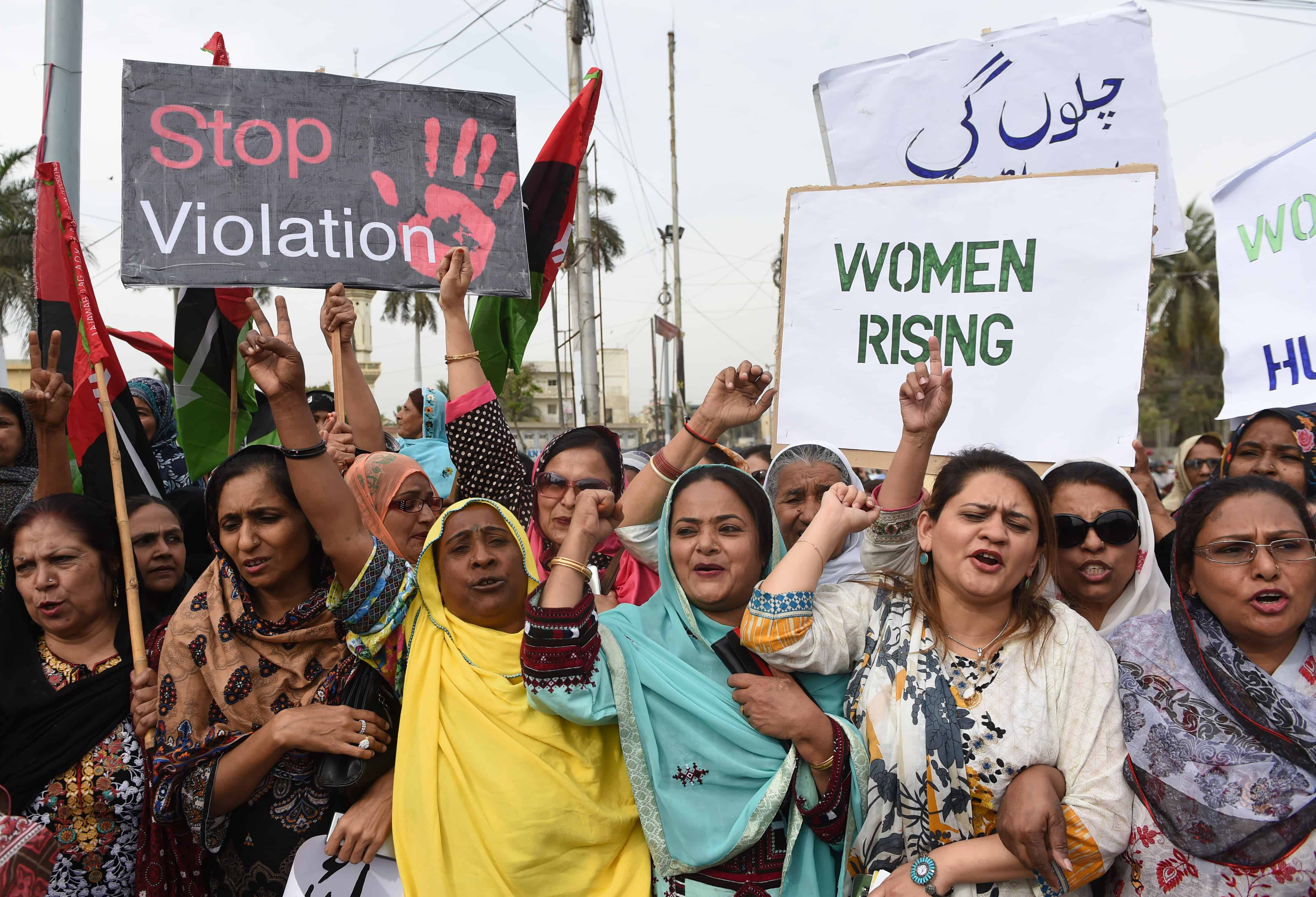Today is International Women’s Day, and around the world women will join in parades and discussions on the status of women. The celebration had its beginning in Eastern Europe in the early 20th century to honor women workers. At that time the date varied from country to country.
In 1911, a fire at the Triangle Shirtwaist Factory in Manhattan, New York, took the lives of 146 young immigrant women who were unable to escape the 10th floor of their factory building. The story is that the owners locked the doors so that the women could not steal. Their lives were worth less than the price of a blouse.
In 2016 in Bangladesh, the same number of workers, mostly women, died when the building housing their garment factory collapsed.
In April 2014, 200 girls were kidnapped from their school in northern Nigeria and have never been found. That same year, 2,000 Nigerian women and girls were abducted by the terrorist group Boko Haram. In Mexico, hundreds of women have disappeared or have been murdered, and no one was found responsible.
The threat continues. In Cologne, Germany, more than 100 women were attacked by a crowd of men on New Year’s Eve. In the rest of the world, women are stoned to death, mutilated, enslaved and forced to migrate. Satellite news and the Internet inform us of situations around the world involving women victimized because of their gender: gang rapes; date rapes; men (no, not all men) pet, pat, touch, expose themselves and make sexual comments on the street, the classroom and in the workplace.
In Costa Rica, women are “up-skirted,” as if it is a man’s right to take a video of what’s under their dresses. In 2015, 27 women died at the hands of their husbands, ex-husbands or boyfriends, and in Latin America one out of every three women are victims of domestic abuse.
Women continue to lag way behind men in many areas. Only 15 percent of women study in fields such as engineering, technology or science, even though their brains lack nothing to prevent them from doing so. That still is considered a man’s arena. Tradition, family pressure, or the real fear of being the only girl in the class prevent them from seeking more technical careers. Women are found in the caring-sharing fields, like education, social work and health.
Girls are socialized against sports. They might develop muscles! The Costa Rican women’s football team played in the World Cup, but they were never given the honors that the men’s teams have racked up. Women who have excelled in sports never share the stage or the role of parade marshal like Keylor Navas or Andrés Amador.
Advertising continues to show women as beautiful or sexy to attract clients to their brands. In commercials women are seen as gaily singing while mopping floors or scrubbing the family’s dirty clothes. They also smile as they serve dinner to the husband and children gathered around the table. At a tope, or traditional horse parade, the TV cameras are sure to include scenes of a feminine bottom bouncing in the saddle.
See: Kölbi marks International Women’s Day with ill-conceived ad campaign
On the job, women work in low-wage sectors. Work still follows stereotypes. There are jobs for men and jobs for women, although gender apparatus is not used for driving a truck or a forklift, or for nursing children or teaching first grade.
Yes, we women have made some great strides. We now have Banca Kristal just for us. It’s painted pink! And the number of women in world leadership roles you can now count on two hands instead of one. But women are still missing from the negotiating tables, the peace conferences, the economic forums and the United Nations Security Council.
So we’ll just keep on marching and discussing, thank you.
See: Costa Rican women who made us cheer this year
Olivia Ramos is the collective name for the Women’s International League for Peace and Freedom.






